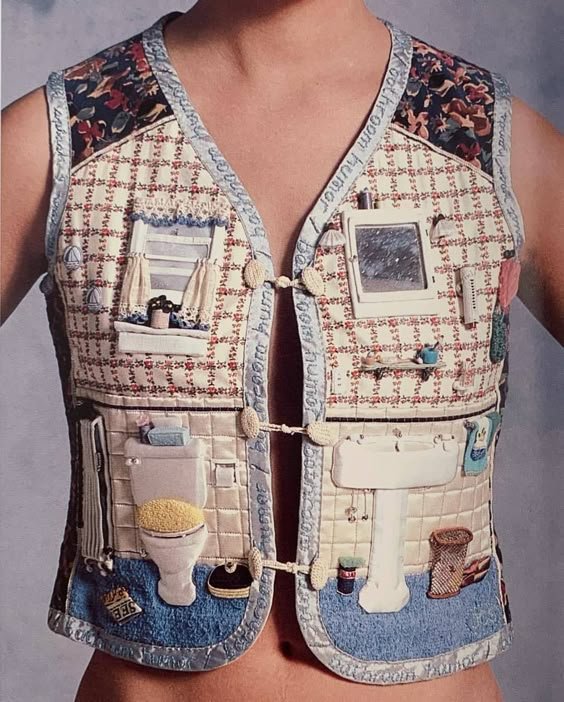Fabric Comes to Life
By: Jillian Antretter
Fabric tells a story. It is present in almost every second of the day, no matter where you look, fabric is either on us or all around us. When we consider fabric in the larger context of the world, it is one of the major resources that has shaped our culture. Fabric provides us with almost everything we need, whether it's keeping us warm, protecting us from the rain, allowing for cultural identity, or granting us creative freedom. Society has created fabric as an essential part of life that fuels this world. Of course, I can go on and on about how fabrics power this society, but I won't, I'll save you some time and just focus on the fashion industry.
Thanks to fabric, society was given the fashion industry, a complex industry that embodies passion, confidence, and creativity. Fabric is the heart of this industry, creating almost anything you can think of. Even if you aren't someone who is studying fashion, currently working, or passionate about this industry, whether you like it or not, you are a part of it.
As mentioned, fabric tells a story, no matter if it's the history of the past or an emotional connection created by a loved one, you must take fabric and give it meaning. Sometimes you are considered your own designer, you may have created your own Halloween costume, asked your Grandma to knit you a scarf, or up-cycled clothing to give it another life. This is one of my favorite parts of this industry that people tend to overlook.
Although the fashion industry embodies great positives, it will always have its flaws as well. Excess fabric has always been a challenge for this fast-paced industry. Fabric scraps are wasted almost every day, causing a significant environmental burden to our earth. Even though many designers and brands are trying to reduce the amount of fabric wasted, it is still a significant challenge. One of the most creative ways to reduce excess fabric is to up-cycle.
I spend hours scrolling through Instagram, and Pinterest seeing people take creativity to the next level. Upcycling, or as others call it, patchwork design, has become the talk of social media and for small sustainable designers. The ability to upcycle your clothing is the power of giving fabric another life. Through these designs, people have created almost anything on a simple white shirt or maybe a childhood blanket.
The most important aspect of up-cycling is the purpose of telling a story. The availability of excess fabric calls for full creative freedom. In almost any designer collection, there is a
theme and of course, a story to tell. Throughout this past year, one of the biggest trends took off in the up-cycling world. Influencers and almost anyone who had a social media platform were taking their old white shirts and creating patchwork designs. Creating basic t-shirts into something completely new. Using excess fabric by stitching your name to the shirt, or even creating food out of fabric.
As I continue to use Instagram and Pinterest as a source of creative inspiration, I am given a deeper understanding of why fabric deserves a second chance. If fabric can be used to create a perfect design on an old t-shirt, worn-out blanket, or a sweater you have never worn before, why throw it out? Challenge yourself to up-cycle, as I said before, you are your own designer, so make something that promotes sustainable practices and encourages personal identity.






